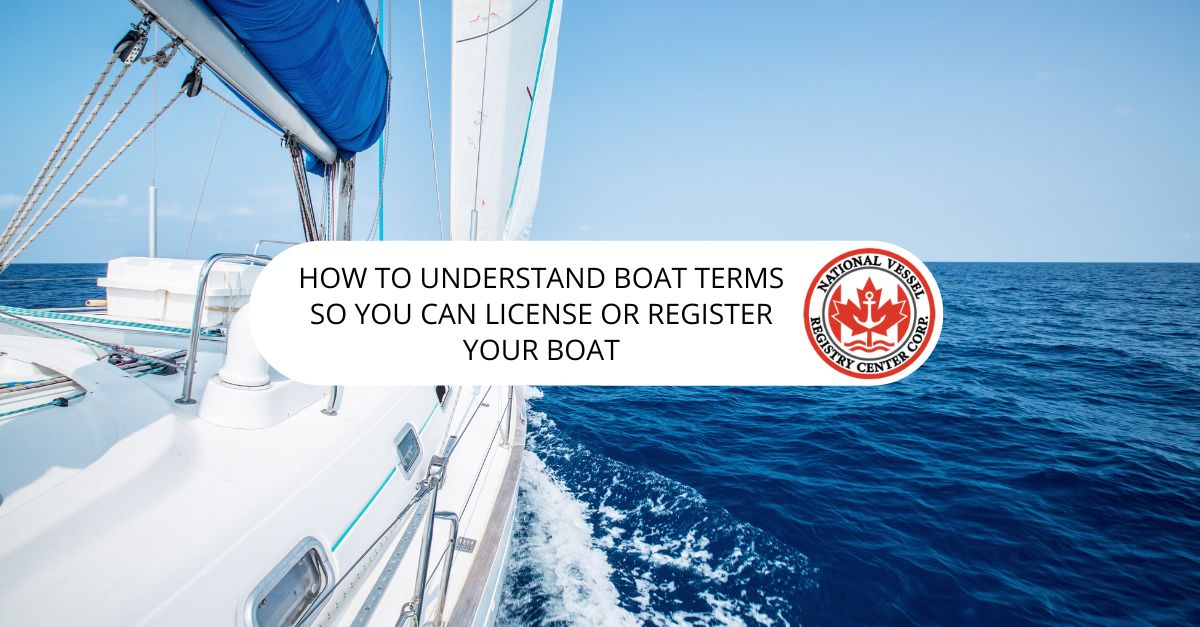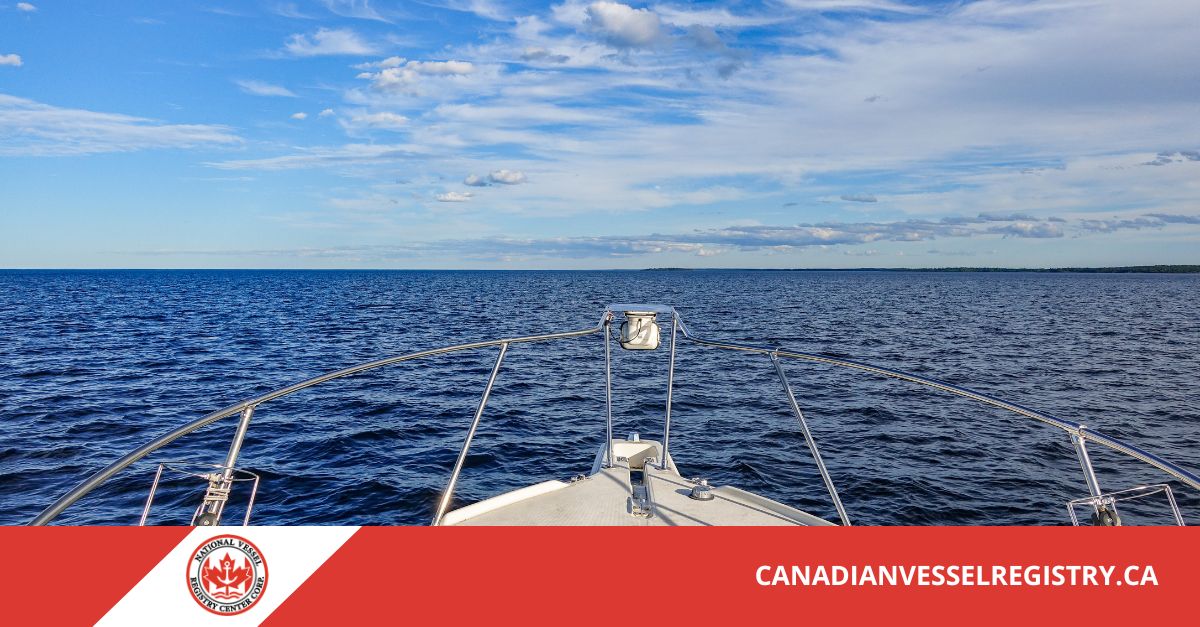When purchasing a boat for the first time, it is essential to familiarize yourself with the terminology related to its various components. Knowing the different parts of a boat will enhance your understanding before venturing onto the open water.
Being an occasional boater differs significantly from being a boat owner. A handful of boating experiences may pique your interest in owning a boat; however, it is also important to learn about a boat’s operation and maintenance as well as your obligations with respect to licensing or registration.
The fundamental knowledge that every boat owner should possess includes navigating a boat, understanding its components, and grasping basic boating terms concerning water and weather conditions.
Additionally, obtaining a pleasure craft registration number and boat name is necessary if you’re financing your boat. Otherwise, you’ll need to learn more about obtaining a pleasure craft license.
Whether you register your boat or license it, you’ll need to know how to mark it. That is why you should get a basic education in boating 101. You’ll need to place your official numbers and/or the name of the boat on the boat’s exterior.
Essential Boating Components
To gain insights into boats and make an informed purchase decision, continue reading to learn about the essential components of every boat.
1. The Hull
The hull constitutes the main body of the boat and is the largest part of the boat. It extends from the front to the back of the vessel and consists of the underside that comes in contact with water. Hull designs vary according to boat type.
If you register your boat, you’ll need to display the number toward the front of the hull on each side. You’ll also need to include the name and port of entry on the hull along with the number. The letter-number combination should be from 4 inches to 10 inches high and be distinctly seen – painted or applied with durable vinyl cut-outs in an Arabic or Roman font. The tonnage for a registered boat should be affixed or etched inside the boat’s hull along with the boat’s number.
3. The Stern
Essentially, the stern refers to the rear part of a vessel. Its appearance can differ significantly as some boats feature square shapes while others possess softer edges with a rounded aesthetic appeal. Beyond appearances, stern shapes also affect wave breakages against a boat’s rear portion, playing an essential role in the boat’s framework and construction.
Therefore, it’s important to consider your preferred boating location when selecting a specific model, taking the safety aspects of this part of the boat into account. Often, the names of commercial boats appear on this part of the boat’s exterior.
4. The Bow
The bow is the front part of a vessel. It is more functional than recreational – it helps elevate the boat over waves rather than breaking them. If you license your boat, you’ll need to place the number for the boat, above the water line, on each side of the bow, or at the front of the boat.
The letters and numbers, preferably, should be in either an Arabic or Roman font and be sized at least 4 inches high. You might add a name at the back of a licensed boat, but this is often done as part of a boat’s decor. The name of a boat, when licensed, is not used to ID the boat in an emergency. Only the boat’s number is used. Both the boat name and number are used for locating registered vessels.
5. The Deck
The deck functions as a recreational platform. Deck features can vary and often include a captain’s zone with a helm, a guest lounge, and, on larger boats, entertainment spaces such as dining areas or sunbathing spots.
6. The Keel
Situated at the bottom of the boat, the keel is a beam that extends from the bow (front) to the stern (back). The hull construction often revolves around this structural element; however, some boats lack keels due to their ability to propel above water without requiring the stability of the part.
7. The Cleat
The cleat is an essential boat component that serves as a metal attachment point for the boat’s line. Understanding its location is necessary for securing your boat using anchored lines.
8. The Helm
Because it supports the boat’s steering, the helm is a vital boating component. It encompasses all the steering mechanisms present on a boat – the steering wheel and navigational controls. Depending on the type of boat purchased, helm components may differ significantly across speedboats, sailing vessels, and commercial boats. In simple terms, it’s where the boat is steered, or where the skipper and/or captain spend most of their time.
9. The Bilge
Lastly, understanding the bilge system is critical for all boat owners. The bilge refers to the inner bottom point of the boat that mainly functions as a water collector and pump. Due to exposure to water during operation, boats accumulate water now and then. Therefore, a space is made for the required release of water.
10. The Transom
The transom represents a vertical and flat part at the stern or the back of a vessel. It usually has a rectangular design and sits at the very end. Its height may vary, as it serves as a type of wall in the back. Most boat motors are attached to the transom, making it easy to identify. This part often serves as an area to place a boat name.
Starboard and Port Side
You’ll also have to understand directions – namely port side and starboard side. The starboard side of a boat is the right side when looking toward the bow and the port side is the left side when facing the bow. The number for licensing appears on the port side and starboard side of the bow above the waterline.
Register Your Boat or Apply for a Pleasure Craft Licence
It’s important to understand the parts of a boat so you can also mark your boat with a number and/or name and port of entry. To become registered or get a boat license, you can go online and apply. Visit the Canadian Vessel Registry today.


